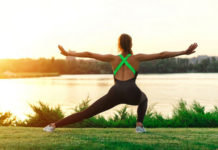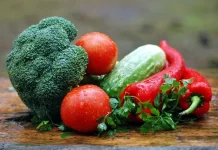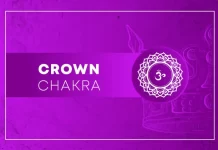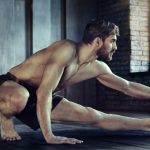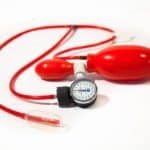Breath – control over energy management plays an important role in our lives, and its interaction with the body, mind, heart, and spirit is now actively studied by scientists. The breath is like a bridge between the body and the soul. We can improve the functioning and efficiency of our heart, lungs, kidneys, intestines, liver, and spleen.
Breath – control over energy. Life without it is unthinkable. All living beings on Earth are forced to perform the process of breathing, with the exception of some simple organisms. People breathe, animals breathe, plants breathe. With air, we consume prana. Prana is the vital energy that permeates all space.
Everything is made up of prana. You can believe or not believe in this concept, but scientific research indirectly confirms this. At the micromolecular level, everything we see around us consists of a void and a beam of light that rotates in a circle. That is, from a beam of energy.
Breath – control over energy is a continuous process that begins with birth and ends with death. It accompanies us throughout our lives. But in the flow of daily routine, we forget how important this process is for us, how it affects the body and emotional state.
Meanwhile, the inhabitants of the East in ancient times began to “tame” the breath. You can use it to influence your physical and psychological state. A section of yoga called pranayama teaches how to manage this physiological process. But before you start it, you need to learn the basic basics and rules. This is something that our article will not be about.
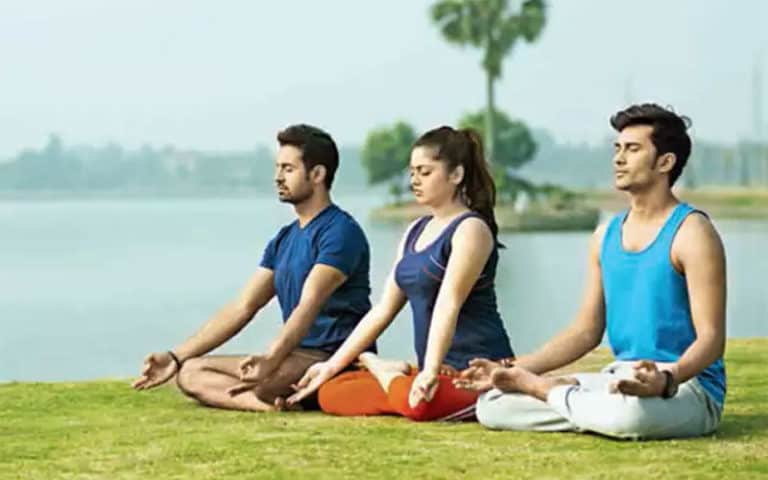
Regular and conscious practice will help us regain control of our breathing and pump our breathing muscles.
Yogic breathing contains a whole concept, where inhaling and exhaling is a powerful tool for managing your emotions, psyche, and spiritual state. By controlling the breath, we can comprehend qualitatively new levels of perception of the world, and for this, it is important to master the basic principles of pranayama.
In this article, we will introduce beginners to the basic principles of proper breathing in yoga for beginners, and practitioners – with some secrets of its execution.
A beginner at the first experience of yogic breathing will feel a big difference from the usual process. When you do not pay attention to the seemingly spontaneous action, the muscles gradually go into a “lazy mode” and stop providing a toned inhale and exhale. Not many people have heard, but the quality of this process significantly affects the duration of human life.
What is pranayama?
According to the Patanjali Yoga sutras, the fourth stage in yoga is pranayama. The word “pranayama” itself consists of two words: “prana” — ‘vital energy and” Yama ” — ‘control’, that is, pranayama is the control of energy.
During the process of breathing, we consume the prana that is contained in the air. Those who have reached such a level that they can consume enough energy from the air for life are called “paranoid” and can do without physical food.
Scientific research has not confirmed such phenomena, but periodically there are people who claim that they can do without food. Practitioners of pranayama also acquire other siddhis.
The fact is that during normal breathing, we do not absorb even a quarter of the prana contained in the air, and it is pranayama — control of prana — that allows us to learn to absorb more energy and, as a result, live more effectively. There are 72,000 Nadi energy channels in the human body.
And any problems on the physical, mental, or spiritual level are a blockage of some of these channels. The practice of pranayama allows you to clear the channels and thus eliminate almost any problem.
Important! The practice of pranayama requires a vegetarian diet, otherwise, the poisons from the intestines will actively spread through the body, and the physical body will be destroyed, and certain problems will arise at the level of consciousness.
Before practicing pranayama, it is recommended to clean the intestines using the Shank Prakshalana method, so that during intensive breathing practices there are no various side effects: nausea, dizziness, etc., which can cause poisons contained in the intestines.
Breath – control over energy

Breath – control of energy. There are many different practices that allow you to increase the energy of a person. But it turns out that breathing exercises are useful not only for the body. It is a great way to support your bio-field as well.
Here are a few exercises that can be repeated alternately throughout the day. We are all used to breathing in a certain way, but oddly enough, there is a wide variety of types and types of breathing. There are four of them in total:
Stomach relaxing. This breathing is performed by the development of the stomach and the stomach divider. During motivation, the stomach is stressed and fixed the descending way.
The stomach crushes the stomach pit and digestive organs, the external mass of the stomach pit is pushed forward. During the time spent breathing, the chest grows, and the most minimal pieces of the lungs are loaded up with air. The issue with the vast majority is that frequently they don’t utilize the lower portions of the lungs during the time spent breathing, and stale air and bodily fluid gather there.
What’s more, this has an incredibly negative impact on our bodies. On account of stomach breath, powerful ventilation of the lower portion of the lungs happens, which permits adequate oxygen to be provided to the digestion tracts and other stomach organs.
This variation of breathing is ideal since with the least solid exertion, the greatest measure of air enters the lungs and this sum is equally circulated, filling even the most far off pieces of the lungs. Additionally, with this sort of breathing, there is a steady back rub of the stomach organs, which forestalls stagnation in the digestion tracts.
The normal breath. With this kind of breathing, serious ventilation of the lower portions of the lungs does not happen anymore. Because of increasingly exceptional muscle withdrawal, the chest extends and afterward fills the lungs with oxygen, at that point, because of the unwinding of the chest muscles, the ribs contract, and the exhalation happens. With this sort of breathing, the muscles perform more escalated work than with the stomach relaxing.
Upper breathing is the most vitality devouring sort of breathing, in which the muscles play out the most concentrated work, while the measure of air entering the lungs is negligible. The muscles, stressing, raise the shoulders and collarbones and, therefore, there is a motivation.
Nonetheless, because of the way that this development for all intents and purposes doesn’t grow the chest and, thus, doesn’t build its volume, the measure of air breathed in is negligible and inadequate for the full working of the body.
Yoga breathes, or the complete yoga breath. It should also be noted this type of breathing, as it is the most balanced, as it combines all three types of breathing allows your lungs to the max and, consequently, to ensure maximum supply of oxygen to the body on the physical plane but on the spiritual and mental to ensure peace of mind and a more adequate perception of reality.
How does breathing work

How are things going with the breath and filling Breath – control over energy? In our chest there are two versatile solid packs that can take any shape; they can either pack, pushing all the let some circulation into, or totally load up with air.
Unpracticed jumpers commit one error from the start — they attempt to fill their lungs with oxygen however much as could be expected and in this way can’t plunge profound — the air that is contained in the lungs pushes them out.
In any case, on the off chance that you unequivocally breathe out before jumping into the water, at that point the individual will go to the base with no exertion, this demonstrates a strong exertion can totally pack the lungs, pressing out all the air from them.
The way toward breathing is completed by the exertion of the muscles. With the assistance of the muscles, the ribs are pushed separated in various ways, the chest grows, and the stomach is stressed, and, pressing the stomach organs, enters down.
At that point the way toward loading up with air happens naturally — the air just occupies the liberated space with no exertion with respect to the individual. The exhalation happens backward request: the muscles unwind, the chest consequently gets, the casual stomach comes back to its unique position — goes up, and the air under the weight of the chest and stomach leaves the lungs.
The respiratory cycle is finished — the cells are provided with oxygen, and the body proceeds with its life. What’s more, contingent upon how effectively the breath was made, the flexibility of cells in the body will be finished or come up short. The more extensive the ribs separated during motivation and the lower the stomach “went”, the more complete the breath was and the more adequate filling of the body with oxygen.
Properties of breathing

As referenced above, during breathing, we devour indispensable vitality — prana. The properties of our breath legitimately influence our life. The more profound our breath is, the more prana we will get from the air.
By broadening our breath and along these lines making it more profound, we permit the air to wait in our lungs any longer, and this is the point at which the procedure of digestion of prana happens. Along these lines, the more drawn out the air is in the lungs, the more prana we can acclimatize.
This, thusly, guarantees an increasingly agreeable, proficient, and long life. Have you seen how the pooch relaxes? It takes a few dozen breaths for each moment, and clearly, the assimilation of prana in such a breath is insignificant. In correlation with a canine, an individual inhales much more slowly, which implies that it assimilates prana better
What is the outcome? The life expectancy of a pooch is a few times not exactly the life expectancy of a human. What’s more, on the off chance that you think about human breath, for instance, with certain types of turtles, at that point turtles inhale considerably more gradually and accordingly live for more than 200 or even 500 years. Notice an example? The quality and recurrence of breathing influence the future.
And for the basic explanation that with expanded and profound breathing, the assimilation of prana is considerably more successful, the vitality expenses of muscle developments are less, and the effectiveness of such breathing is a lot higher. Envision a lake from which you have to draw water.
You can do this with a mug and race to the lake for a large portion of a day to get the perfect sum. What’s more, you can gather water with a pail and, therefore, get the perfect sum quicker and burning through less effort on it. Something very similar occurs with the breath.
Every one of our breaths resembles strolling to the lake, which requires certain muscle compressions and vitality consumption for these constrictions. What’s more, it isn’t astute to invest any measure of time and vitality out traveling to the lake to gather water with a Cup.
Shallow and quick breathing — this is much the same as gathering up water with a mug. Vitality is spent on muscle compression, and the measure of prana we have gotten is negligible. It is considerably more sensible to take a full and right breath, filling all (counting the lower portions of the lungs) with air, and get more vitality than you spend. In any case, there are rehearses in yoga that permits you to go further and retain considerably more prana in one breath.
Kumbhaka-holding your breath. While holding the breath (on the breath in), the most extreme conceivable digestion of the prana that we breathed in happens, and, along these lines, the effectiveness of our breathing increments actually now and again.
Kumbhaka on the breathe in permits us to fill our body with vitality, yet concerning kumbhaka on the breath out, it is progressively hard to perform and is utilized to purge the physical and vitality body. It is the Kumbhaka that clears the vitality channels of the Nadi on the exhalation.
There are very cutting-edge pranayama rehearses that accomplish a postponement of 40 minutes. I wonder what present-day medication thinks about this, which guarantees that 4-7 minutes in the wake of halting breathing, an individual’s mind bites the dust? The revival group stops any controls with the patient on the off chance that he isn’t relaxing for over 10 minutes.
Clearly, present-day medication, to say the least, is a long way from great, and yogins do what is incomprehensible from the perspective of current science. It is accepted that if an individual can extend his breath so that he will breathe in toward the beginning of the day and breathe out at night, at that point his life expectancy will surpass a thousand years.
What’s more, there is no explanation not to accept such proclamations, on the grounds that on the case of contrasting a pooch, a man, and a turtle, we can see that the recurrence and nature of breathing legitimately rely upon the length of life.
The importance of breathing
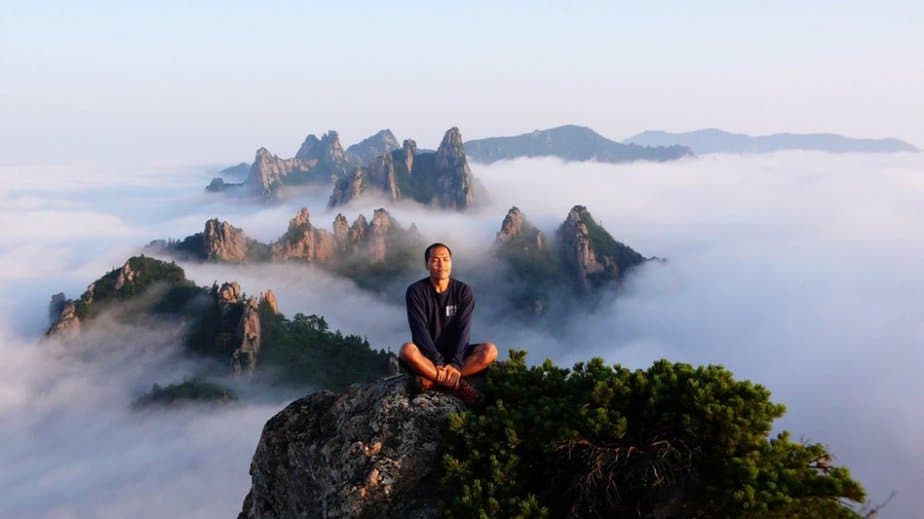
The importance of breathing is difficult to overestimate. Without food, an ordinary person can live for half a month, without water for several days, and without Breath – control of energy -hardly live for a couple of moments. It is commonly believed that most of our problems arise from an unreasonable diet.
Moreover, the conclusion is most likely correct. Be that as it may if we continue from the above level, the significance level of breathing is several times higher than the significance level of support. Subsequently, if you change the accuracy and nature of your breathing, you will be able to solve many problems, both at the level of the body and at the level of awareness. For example, if a person inhales the upper breath composed above,
Also, a contaminated body can’t be solid — this is a saying. Furthermore, in this viewpoint, nourishment, obviously, likewise assumes a significant job, yet even with legitimate sustenance, yet with an inappropriate breath — it is probably not going to accomplish total wellbeing. It is all around said in such content as the Hatha yoga Pradipika:” He who inhales half-lives half.”
And we are discussing both the length of life and its quality. There is even an assessment that each living being is allocated a specific number of breaths to live, and the person who inhales all the more gradually lives longer. This is no mishap. Frequently, quickened breathing happens during pressure, which is known to make hurt wellbeing and abbreviate life. Breath – control of energy profound and long breathing, in actuality, prompts quieting of the psyche.
This standard is the reason for such amazing breathing practices, as Apasati Hinayana. Its embodiment is to stretch the breath step by step and at the same time calm your psyche with Breath-control over energy. This training to calm the brain was given by Shakyamuni Buddha to his devotees.
In addition, as you probably know, a calm psyche is ready for gradual satisfactory reasoning, a sufficient view of the real world, and therefore a more favorable life in all respects.
Thus, the importance of legal taking in our lives is difficult to overestimate. Moreover, it can even be said that it is more important to Breath-control in energy to control your breathing than the diet.
Breath – control over energy However, the topic of a healthy lifestyle should be approached thoroughly. In addition, according to our reasoning, the nature of our awareness and the health of our body will depend as much on breathing as on eating.

